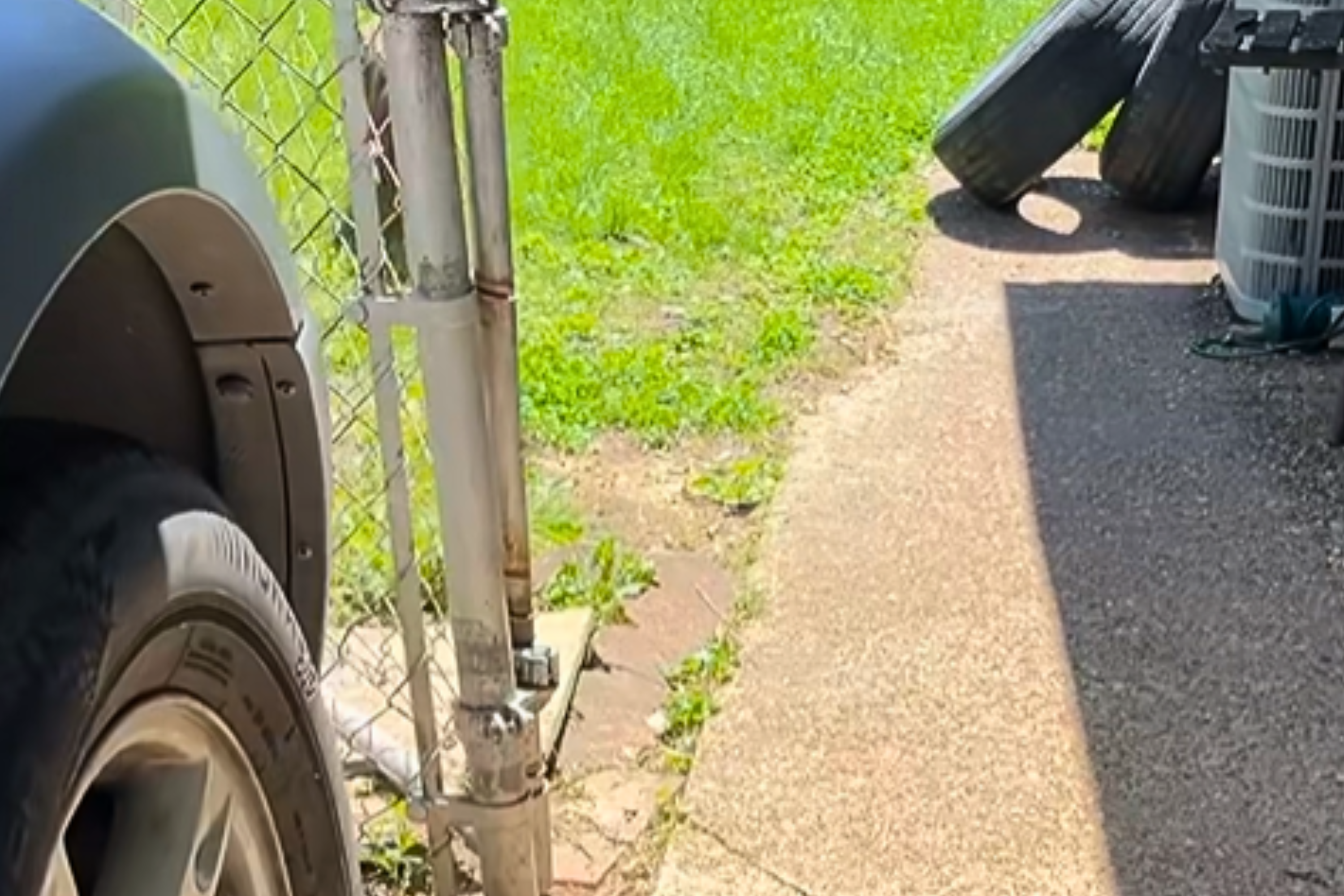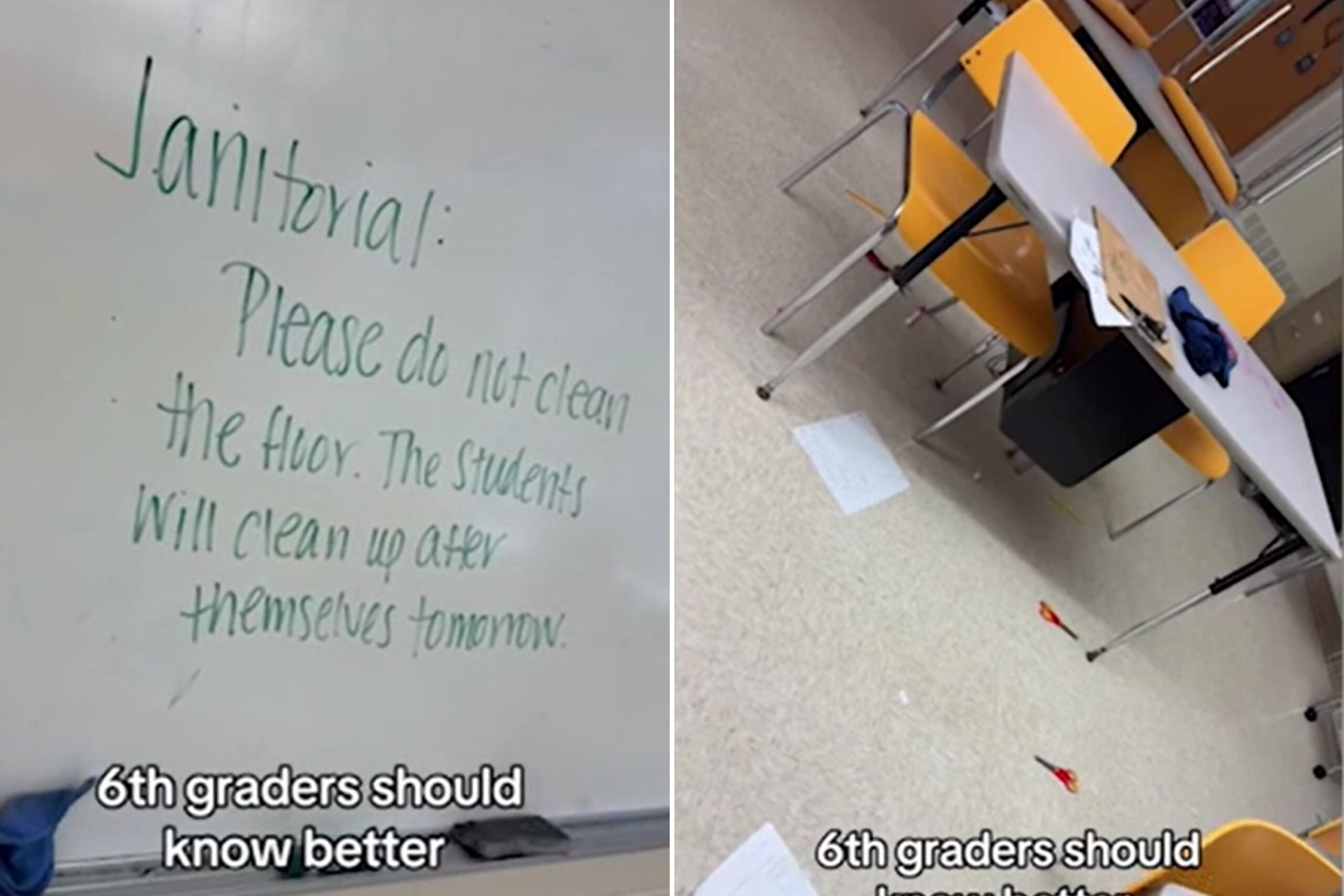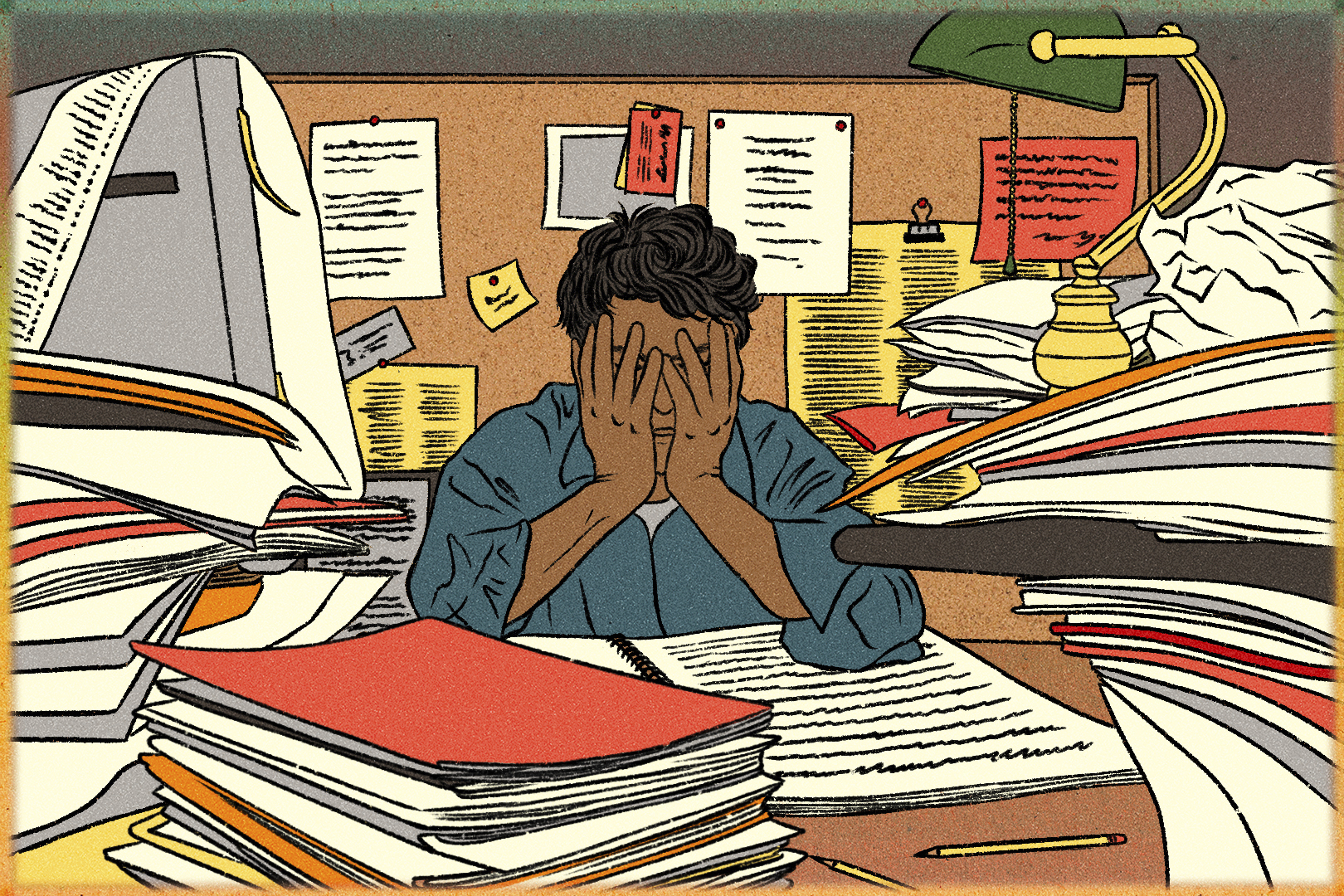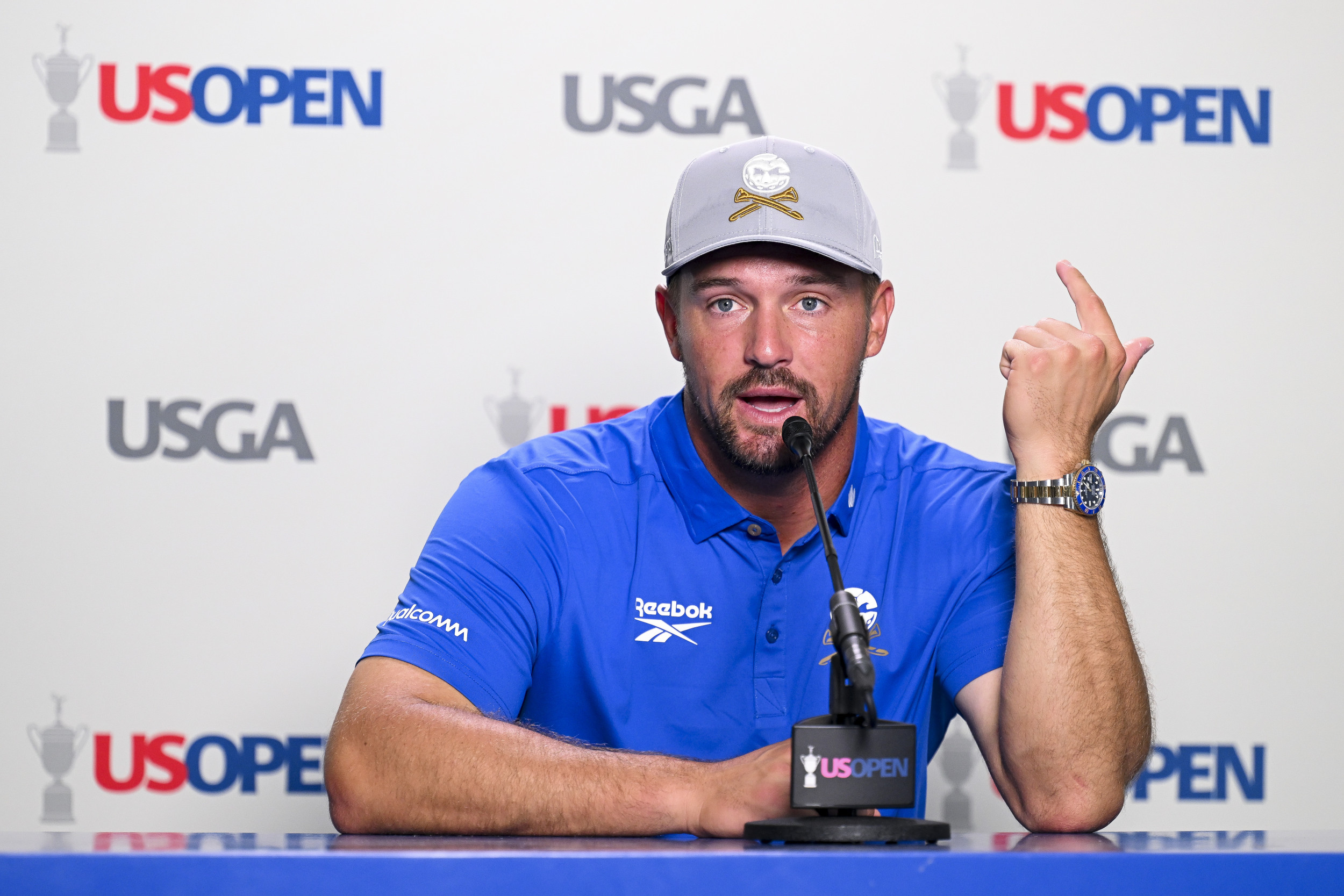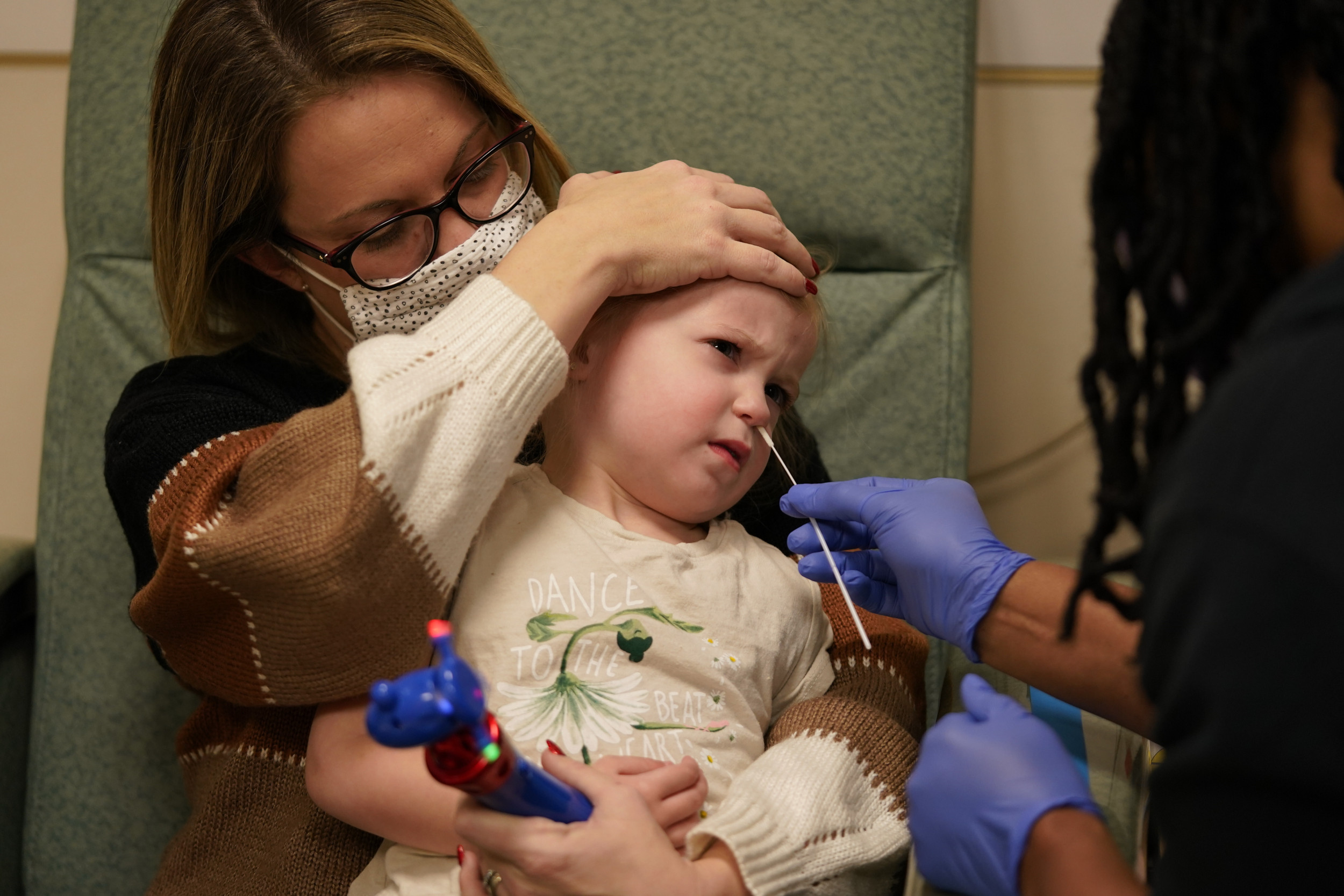
It’s been more than five years since the start of the COVID-19 pandemic, although millions of Americans, including children, are still affected by it today.
More than one million Americans died due to the virus, according to the Centers for Disease Control and Prevention (CDC), while many were floored by the infection for weeks or even months.
Others developed long COVID, which is recognized as a collection of symptoms that last three months or longer after initial COVID symptoms appear.
This can affect many systems in the body and result in a wide range of health complications and symptoms.

Carolyn Kaster/AP
A study by Researching COVID to Enhance Recovery (RECOVER) last year found that up to 5.8 million American children now have long COVID.
The authors wrote that this means between 10 to 20 percent of children who tested positive with COVID-19 went on to develop the condition.
Their findings suggest that long COVID may have surpassed asthma—which around 5 million youngsters have—as the most common chronic condition experienced by American children.
However, experts told Newsweek that more detailed research is needed to determine the prevalence of the condition, and discussed why millions of children now have ongoing health complications and symptoms post-COVID infection.
Prevalence of Long COVID in Children
Children of all ages can develop long COVID and typical symptoms can vary between age groups.
Poor appetite, sleep issues and respiratory symptoms such as a cough are usually common in infants, toddlers and preschool-aged children with the condition, while school-aged children are also likely to have neurological symptoms like trouble focusing, fear of specific things or feeling lightheaded, the medical journal site JAMA Network reported.
Some children may also experience back or neck pain, headache, stomach pain, vomiting and even behavioral changes.
Adolescents may also notice a change or loss in smell or taste and experience pain, fatigue-related symptoms or trouble with their memory, JAMA Network said.
It is difficult to pin down exactly how common long COVID really is among those aged under 18 as “prevalence varies between studies due to different clinical definitions, follow-up period and survey methods used,” Dr. Akiko Iwasaki, director of the Center for Infection and Immunity at the Yale School of Medicine, told Newsweek.
However, she added that “the most robust studies” collectively suggest the number of children who get infected with COVID and then develop long COVID “is higher than the prevalence of asthma in children in the U.S.”
Also discussing the study, Dr. Lauren Grossman, a professor of medicine at Stanford University, told Newsweek: “The number of children under 18 with asthma ranges from 4.9 million to 6 million depending on the source so it’s not an incorrect statement to say that there are more or at least the same number of children with asthma as there are with long COVID.”
Many children are also going “unrecognized and unsupported,” Dr. Rachel Gross, a professor in the department of pediatrics at NYU Langone Health, told Newsweek.
She added that this means “identifying long COVID in children, especially young children, can be difficult due to rapid developmental changes and communication limitations.”
However, Dr. Gerald Teague, a professor of pediatrics at the University of Virginia School of Medicine, said that “there are too few prospective studies to compare estimates of long COVID to asthma in children.”
“We need to come to consensus on how to precisely diagnose long COVID in children first,” he told Newsweek, adding that the National Institutes of Health (NIH) and the federal government should “allocate more funding to antiviral research in children to help clear these confusing issues.”
Gross also said that the age differences in long COVID symptoms “support that a one-size fits all approach will likely not be sufficient to screen for, identify, and treat children with long COVID.”
Why Do So Many Children Have Long COVID?
One reason long COVID continues to affect millions of American children could be related to vaccinations, according to Grossman. “As vaccinations help prevent long COVID and vaccinations were not available to pediatric patients until long after they were for adults, fewer children had protection,” she said.
She added that the first vaccines were given to adults in December 2020, while children aged 5 to 11 only received their first vaccination in October 2021.
Teague also said that studies have found that the original COVID strain in 2020 was far more likely to result in patients developing long COVID, while more recent strains were “not as likely to be associated with symptoms.”
Few children being vaccinated amid the first, more symptom-inducing strain of the virus may therefore have contributed to the higher rates of long COVID.
Child COVID vaccinations have also recently come into the spotlight as Health Secretary Robert F. Kennedy Jr., who has been vocal in his distrust of the mRNA COVID vaccine, announced last month that the CDC will no longer recommend COVID vaccines for “healthy children and healthy pregnant women.”
Grossman added that Paxlovid, the antiviral medication used to treat COVID infection, was first authorized in December 2021, but only for those aged 12 and over, or those who weighed more than 88 lbs., meaning younger children did not have access to medication.
It is important to note, however, that “the prevalence for long COVID in children appears to be just as high in adults,” Iwasaki said.
“This suggests that children are not immune to developing long COVID, and that their immune system is also susceptible to being derailed by the virus,” she added.
Iwasaki said that this could mean that COVID infection “might become persistent or trigger autoimmune diseases in children,” and that there could be “other viral infections that happen during childhood that impact long COVID susceptibility.”
However, she said that more research is needed to better understand the underlying mechanisms of long COVID in youngsters.
“We need more awareness so that parents and pediatricians can recognize the signs of long COVID in children better,” Iwasaki said.
“The relationship between children, their caregivers, and pediatricians is vital to identify and eventually treat this under-recognized condition,” Gross said.
Grossman said that establishing pediatric-specializing long COVID clinics was vital as currently there are “very few,” and that promoting “full vaccination” was also important.
While more robust studies are beginning to be done on the issue, it is still difficult to determine the overall impact and severity of long COVID on America’s children.
